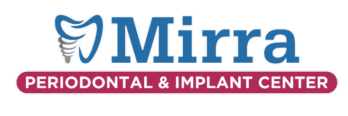Scaling and root planing is a treatment usually performed during the early stages of periodontal disease to help remove plaque and tartar that has built up beneath the gum line. This procedure is considered a deep cleaning, and may be performed to prevent the disease from progressing to a more advanced stage, or to improve the quality of a patient‘s tissue before surgery.
The Scaling and Root Planing Procedure
During the scaling part of the procedure, an instrument called a scaler is used to scrape away any plaque or tartar that has built up beneath the gums. Plaque often develops in pockets that form between the teeth and gums. As the disease progresses, these pockets grow, which may cause teeth to loosen and eventually fall out.
After the scaler has removed the plaque and tartar, the treated area is rough and uneven. Root planing smooths the root of the tooth so that the gums can heal and reattach to the tooth properly. Anesthesia or sedation may be used during this procedure. Antibiotics or irrigation with antimicrobials may be prescribed to help prevent bacteria from growing in the mouth.
There is little-or-no pain associated with this procedure, and patients can resume their regular activities immediately afterward. Medication may be prescribed to address any post-treatment discomfort. After the scaling and root planing procedure, patients should practice proper oral hygiene in order to prevent pockets from reforming.

